Hanging Fern: The best way to care for them
Fern
Ferns are native to almost every corner of the world, but are particularly abundant in areas of high humidity, such as tropical rainforest soil. They are rarely found in cold, dry climates. Ferns reproduce through spores, meaning they produce neither seeds nor flowers.
The Fern can thrive in a low-light area of your home with higher humidity, such as a bathroom or kitchen.
_________________________________________________
How to care for your fern
Use these instructions to care for a fern. This guide will tell you how to water a fern; its light, temperature, and humidity preferences; and any additional care it may need to help it grow.
It will do best in low to medium light. The more light it receives, the more wrinkled the leaves will become. Keep in mind that too much light or direct sunlight will cause the fern's leaves to turn yellow and die.
It's best to water it when the top is dry. When watering, it's advisable to soak it completely until the water drains through the holes in the pot. Wait until it drains as much as possible or empty the saucer if you notice any puddles to avoid drowning the roots. Ferns don't like soggy soil.
It requires environments with higher humidity; a bathroom or kitchen could be good places. You can use a tray or container with water and stones to place it nearby, or a humidifier; it's also a good idea to mist it frequently.
The ideal temperature is between 18°C and 25°C. Avoid cold drafts and direct air from heating and cooling vents.
For best results, use a fertilizer once a month during spring and summer. There's no need to fertilize the plant in winter, when growth naturally slows. Before applying any form of fertilizer, make sure the soil is moist. Never apply to dry soil.
They are non-toxic to humans and pets.

_________________________________________________
Common problems for your Fern

It may be alarming to notice leaves falling from the plant, but this is usually normal. However, if it is frequent and in large quantities, some conditions should be checked:
Incredibly dry soil
This plant likes to stay consistently moist, so make sure it's getting enough water. Maintain a consistent watering schedule, when the top 1/3 of the soil is dry.
If you accidentally let your fern's soil dry out completely, you may see the fronds wilt, droop, and possibly begin to wrinkle and brown, in which case it's a good idea to give it a thorough soak.
Here's how to soak your fern:
- Place your plant in the sink or bathtub. Fill it about three-quarters full of water. Make sure the water isn't too hot!
- Let the plant absorb water through the drainage holes in the pot for at least 45 minutes.
- If not all of the soil feels saturated (you can insert a finger or wooden stick to check how moist it is), lightly water the plant from the top of the soil to help speed up saturation.
- Once the plant's soil is evenly moist, let it drain for a few hours to allow it to drain properly, then place the plant back in its proper location.
- Keep in mind that when the soil goes from dry to saturated, it can cause stress for the plant and lead to leaf drop. Give it some time to adjust.
There is not enough humidity
The plant will grow optimally in a humid environment. You can use a tray or container with water and stones nearby, or a humidifier; it's also a good idea to mist it frequently.

First, wipe the plant with a damp cloth. This allows the plant to direct its energy toward healthy new growth.
- Remove any entire brown leaves (they will not turn green again) or the affected portion with a sharp pair of scissors or pruning shears.
- Clean the blades of the scissors with alcohol between each pruning/cut.
- It is advisable to trim the plant in stages if it is severely affected, since removing more than 20% of the leaves at once could cause it to become unbalanced.
Very dry soil
If you accidentally let your fern's soil dry out completely, you may see the leaves wilt, droop, and possibly begin to wrinkle and brown. If the soil is extremely dry, it's advisable to soak it intensively.
Here's how to soak your fern:
- Place your plant in a sink or tub. Fill it about three-quarters full of water. Always make sure the water isn't too hot!
- Let your plant absorb water through the drainage holes at the bottom of the pot for at least 45 minutes.
- Make sure the water has reached halfway up the pot.
- If not all of the soil feels wet, lightly water the plant from the top of the pot to help speed saturation.
- When the plant's soil is evenly moist, drain it in the sink or tub and let it rest while it drains well. Once it's drained, place it back in its proper location.
Keep in mind that when the soil goes from very dry to saturated, it can cause stress and subsequent leaf drop. Give it some time to adjust.
There is not enough humidity
In nature, ferns grow on moist forest floors, so they'll do best in a very humid environment, such as a bathroom or kitchen. Here are some ways you can increase humidity:
- Spray
One of the easiest ways to increase the humidity in your plant's environment is to mist its leaves with filtered or distilled water. Depending on how dry your environment is, you may need to mist it several times a day.
- Make some stone and water trays (pebbles)
Trays are another easy solution for increasing humidity around a plant. We don't want a plant's roots to fall right into the water, so to prevent that from happening, add clean pebbles to a shallow tray filled with water. The water level shouldn't be above the pebbles. Place the plant on top of the tray. The water will gradually evaporate around the plant, increasing humidity.
- Get a humidifier
A humidifier can be beneficial for both people and plants, especially during the winter months. While heaters and fireplaces can make a space more livable, a humidifier adds much-needed moisture to the air.
- Give your plants a shower
Give your humidity-loving plants a warm shower for 30 seconds. This not only increases humidity but also rinses away any dust or dirt and discourages pests from taking up residence.




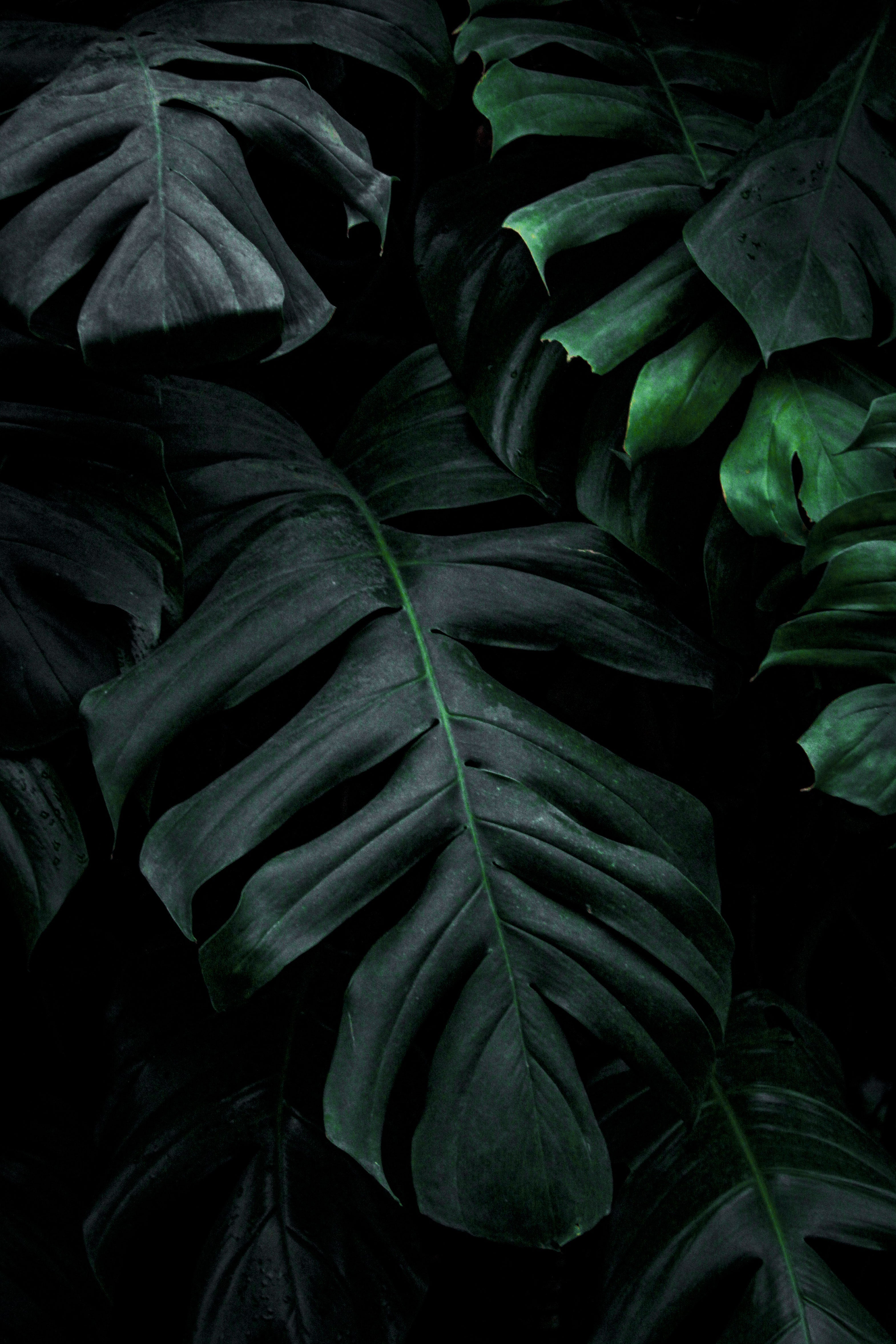
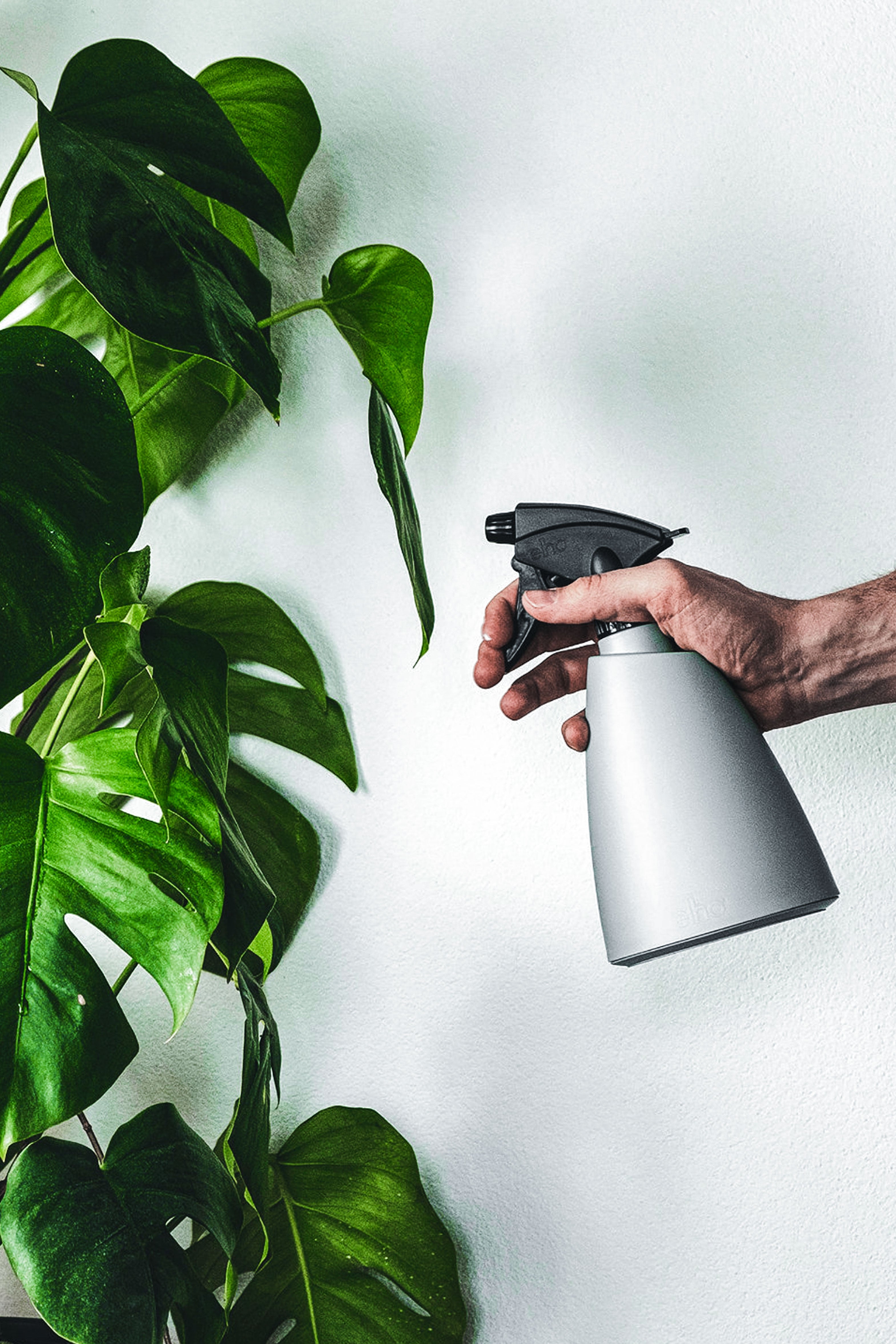
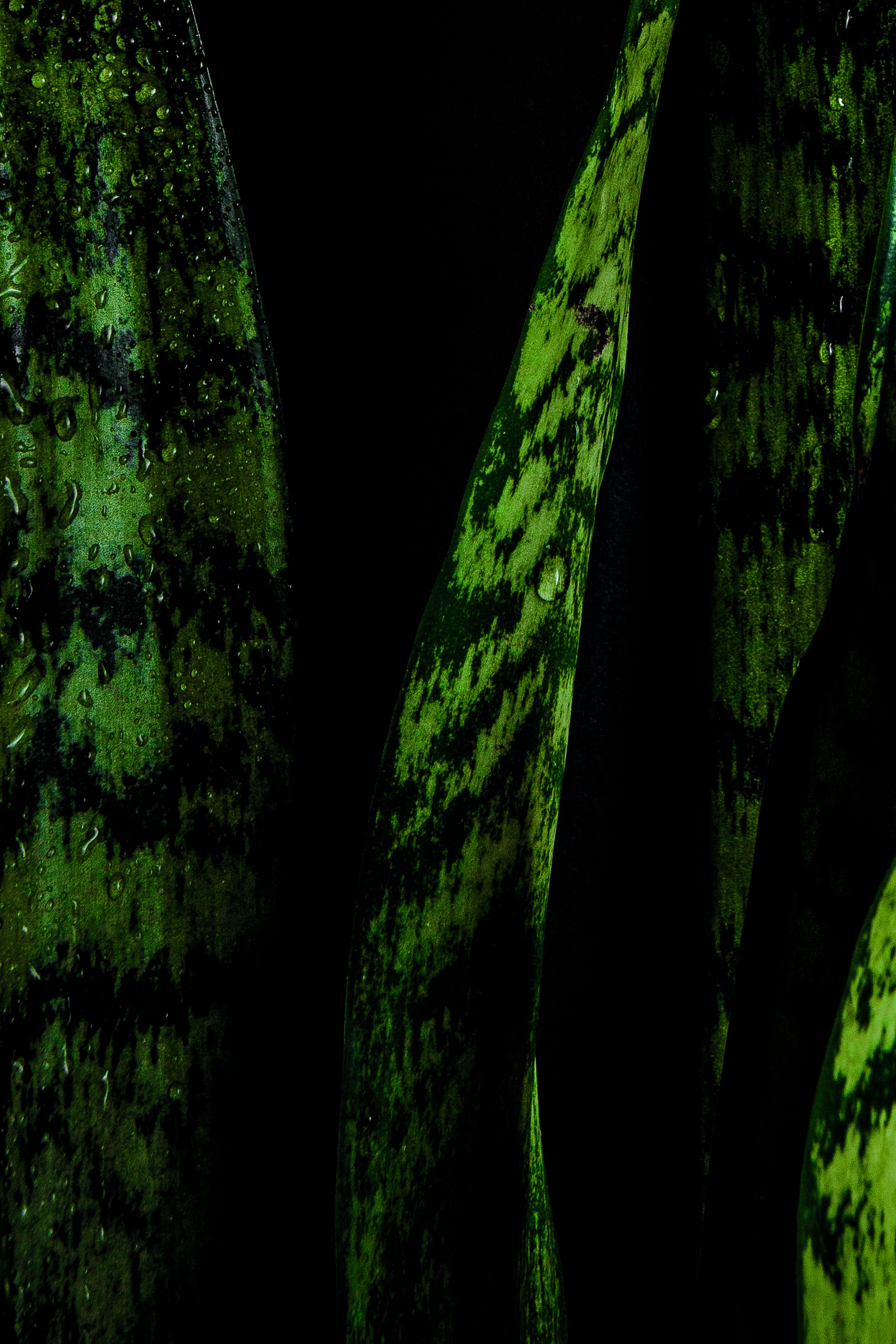
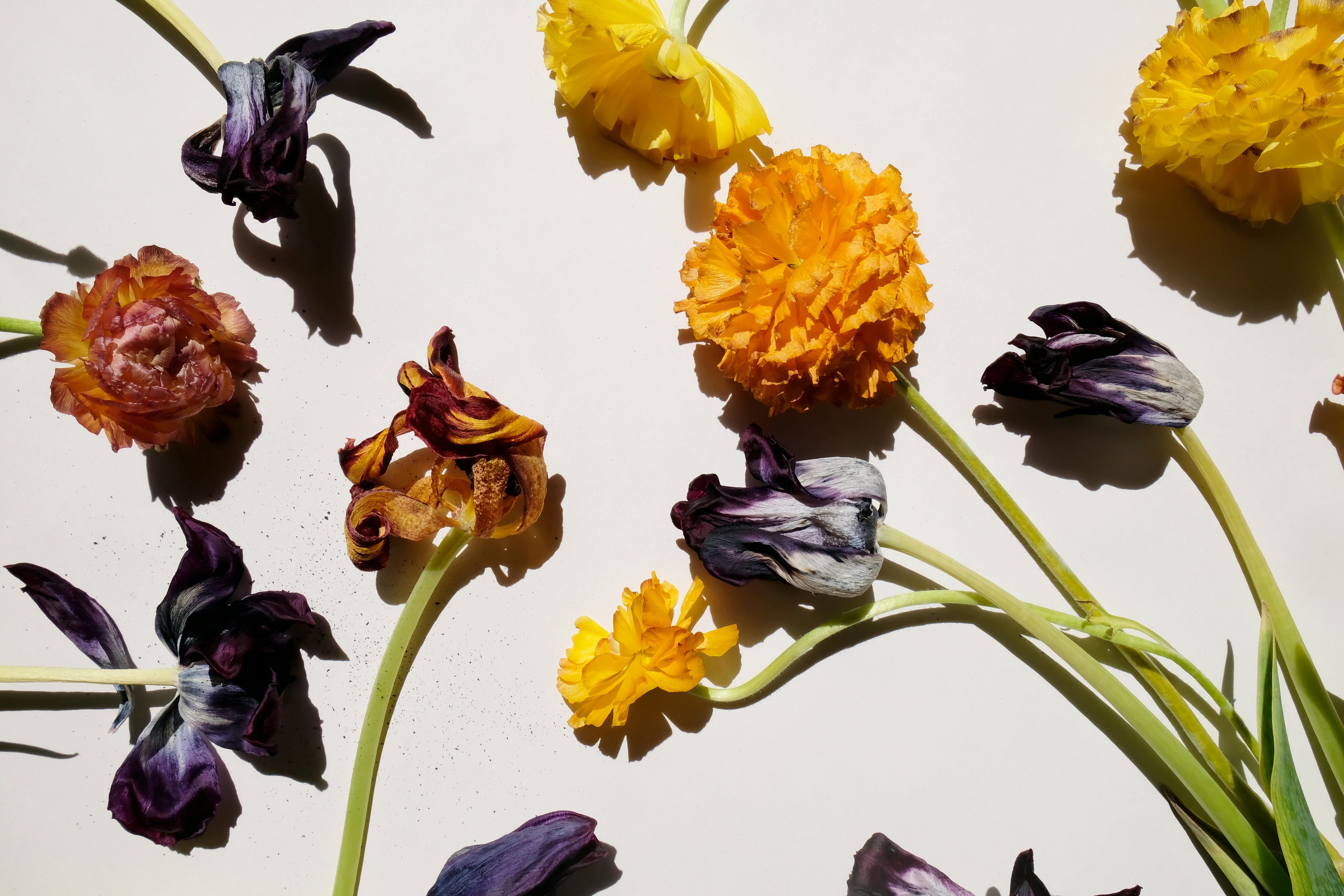
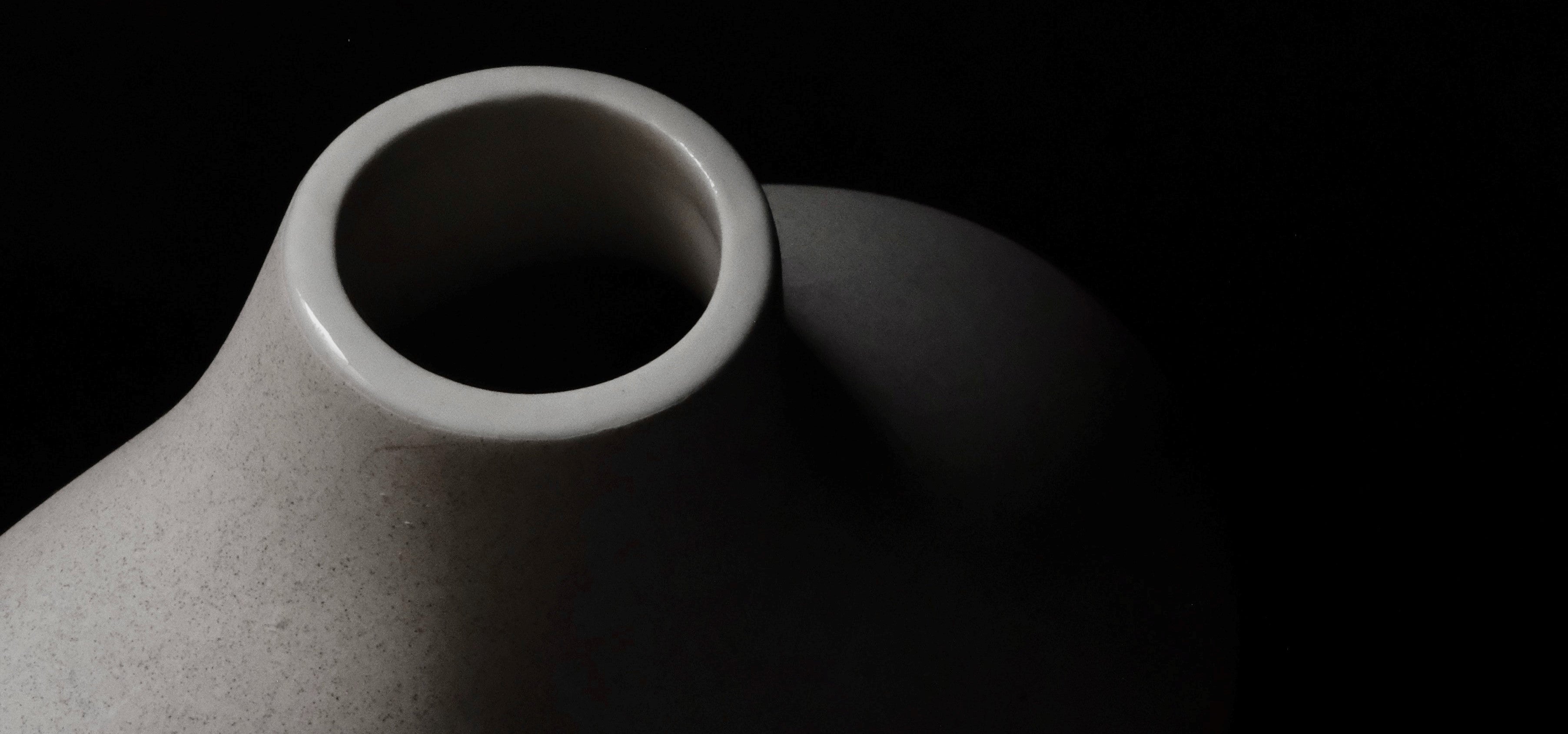
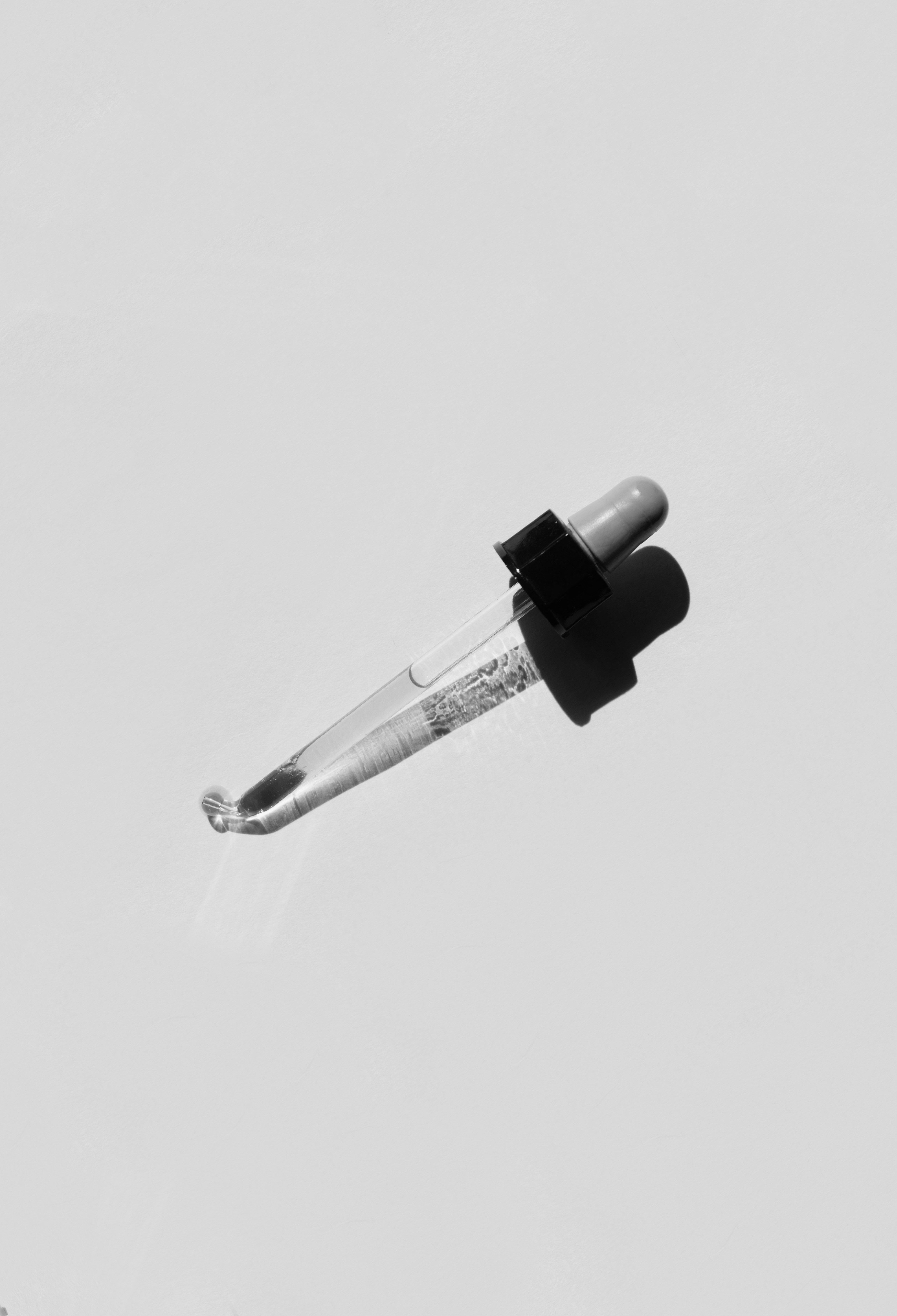

Leave a comment